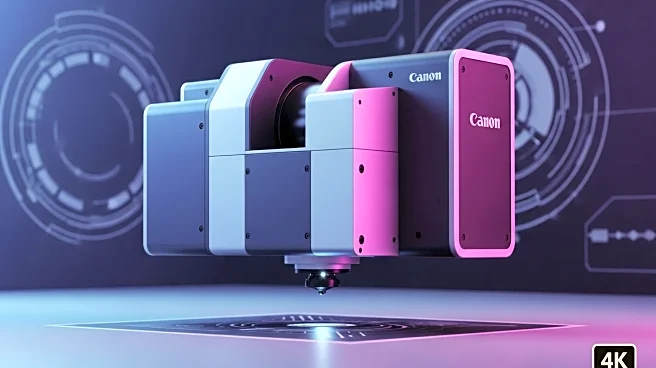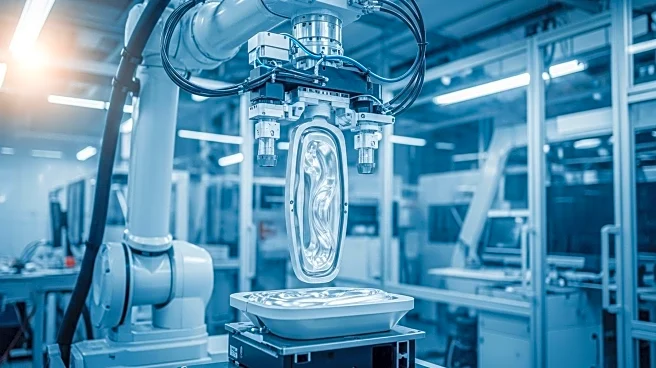What's Happening?
Coherent Corp., a leader in photonics, has introduced the WELD1D+, a new laser welding processing head designed for 10kW manufacturing systems. This innovation, which will be showcased at the Schweissen & Schneiden exhibition in Germany, aims to meet the growing demand for high-productivity welding solutions in various industries, including automotive, electric vehicles, consumer electronics, and heavy industrial manufacturing. The WELD1D+ features an integrated application programming interface (API) control, allowing for real-time adjustment of beam parameters during the welding process. This flexibility is expected to lower the total cost of ownership for manufacturers by expanding the range of applications that can be addressed with a single processing head.
Why It's Important?
The launch of the WELD1D+ is significant as it addresses key challenges in modern manufacturing, such as cost efficiency and adaptability. By enabling software-controlled adaptability, Coherent's new product allows manufacturers to streamline operations, reduce downtime, and improve yield. This is particularly crucial for industries like electric vehicles and battery manufacturing, where rapid innovation and cost management are essential. The WELD1D+ also supports scalability, integrating seamlessly with Coherent's existing fiber laser portfolio, which positions the company to capture growth in these fast-evolving markets.
What's Next?
As Coherent rolls out the WELD1D+, manufacturers are likely to evaluate its integration into their existing systems to enhance productivity and reduce costs. The product's introduction may prompt competitors to innovate similar solutions, potentially leading to advancements in laser welding technology. Additionally, industries reliant on high-precision manufacturing, such as automotive and electronics, may increasingly adopt such technologies to maintain competitiveness and meet market demands.
Beyond the Headlines
The WELD1D+ not only represents a technological advancement but also highlights the ongoing trend towards automation and digital control in manufacturing. This shift could lead to broader implications for workforce dynamics, as the need for skilled operators who can manage advanced systems increases. Furthermore, the emphasis on reducing total cost of ownership aligns with global sustainability goals, as more efficient manufacturing processes can lead to reduced resource consumption and waste.











